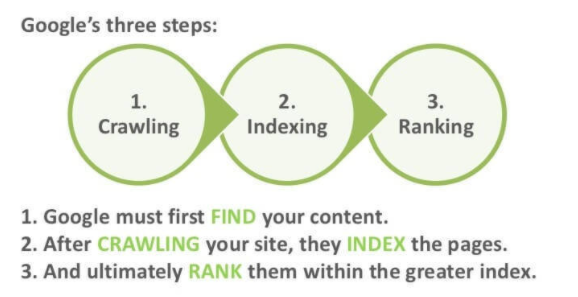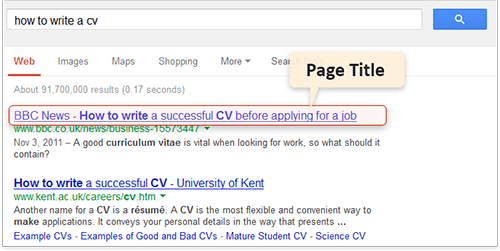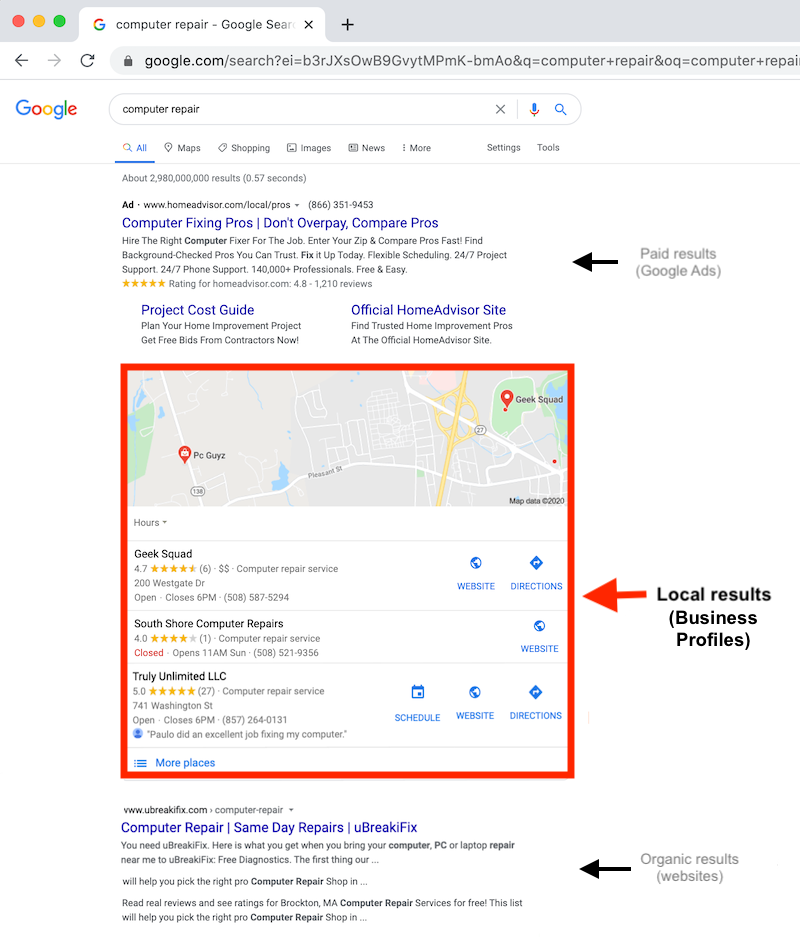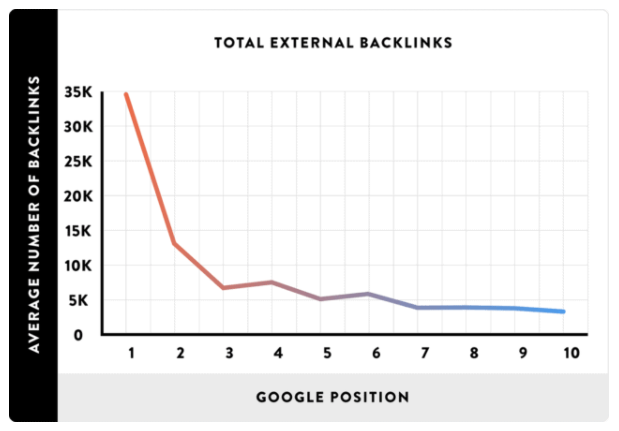Google, one of the most popular search engines provides a great opportunity for the growth and expansion of online business ventures. According to a survey conducted by search engine watch, websites that rank on the topmost Google results grab 36.4% of the traffic.
With over 167 billion searches conducted per month, getting on the first page of Google SERP results is the primary objective of every online business. The more number of people view your website, the higher is the brand visibility.
The top search result not only drives the highest traffic but also has a huge impact on building credibility and brand recognition. This blog post is a guide to achieving high rankings on Google. Continue reading if you want to maximize your site’s click through rate and stay ahead of the competitors.
Page Contents:
How Google Rankings Work?
Google ranks a site based on the results of the search engine algorithms and information obtained from search engine spiders. It prioritizes content that comply with the principle of usability, relevance and usefulness. Search algorithms include several factors in determining search results including the search query, relevance and usability of the content, location, context and settings.
Google algorithms follow three main steps to generate search results – crawling, indexing and ranking. Crawling is the process in which search engine bots search the internet to find new and updated content. Indexing is the process of storing and organizing the content found during the crawling process.
Ranking is the process of arranging the search results that best match a searcher’s query. However, the algorithms are constantly changing to achieve better results with the aim to improve the user experience. By following different steps and strategies, you can improve the chances of ranking your site at the first page of the Google SERP results.
Different strategies/steps to follow for higher rank
SEO comprises of on-page and off-page strategies that makes it easier for search engine crawlers to index the pages and rank the site. On-page SEO focuses on optimizing individual webpages to obtain higher rank on SERPs while Off-page SEO includes activities done off of a website to build authority and brand trust. Some of the major steps to follow for achieving higher rank on Google are:
Good quality content:
Google ranks content that provides trustworthy and comprehensive information to the readers. Hence, it is important to publish posts that are engaging and have a good readability rate that captures the attention of the target audience. It is advisable to write longer blog post with length 2000 words or more.
A longer text length signals the search engines that the post is authentic which in turn increases its chances of ranking in the SERPs. Publishing content that matches the search intent greatly impacts the site ranking and SEO performance. Including multimedia such as images, videos, infographics adds more value to the text making it visually appealing to the readers.
Some of the steps to create good quality content are:
- Determine search intent before crafting content
- Make the content easy to read
- Create catchy Page Titles
- Add images and videos to enrich the content
Create accurate Page Title
A title tag describes the webpage title and is displayed in the headline of snippets on search engine result pages . A clear and relevant Page Title enables readers to check the page content before clicking on the webpage link. It is important to include your target keyword in the Title tag to make it easily visible for search engine bots. Some of the guidelines to create accurate Page Title are:
- The Title tag length should be between 50-60 characters
- Place your focus keyword in the beginning of the Title Tag
- Create unique Title tag for each webpage
- Avoid the usage of stop words
Keyword Placement:
Knowing the right keywords makes it easy to understand the customer requirements helping you expand your outreach. Keyword Research is the process of identifying words and phrases the users are searching for on a search engine.
In order to drive traffic to your site, it is crucial to target the right keywords for each webpage. Keyword selection should be based on the buyer intent and level of competition in the niche. Keyword placement checklist:
- Include the main keyword in the Title Tag
- Add LSI keywords to the Meta Description
- Include keywords in the website URL
- Place keywords on the Alt Tags
Meta Description
Meta Description tag provides a brief summary of a webpage and is displayed below the site URL in the SERPs. Drafting an interesting and compelling description impacts the rankings and click through-rate of a website. It functions as an advertisement and has the potential to draw readers to click on the website link. Meta Description checklist includes:
- Meta Description should be between 155-160 characters
- It should be relevant to the page content and easy to read
- Write unique Meta Description tags for every webpage
- Avoid inserting quotation marks and alpha-numeric characters in Meta Description
Image optimization:
Images are a crucial component in improving the website visibility thereby making the site visually appealing to the readers. Optimizing the images helps in boosting the site speed and also signals the page relevancy to the search engines. Ensure that the website images are compressed and have descriptive filenames. Some of the major steps in optimizing images are:
- Choose the right file format
- Include keywords in the image filenames
- Include alt tags
- Add image structured data
User experience:
User experience is an integral part of an SEO strategy as it helps in understanding how users perceive and interact with your website. The top ranking factors that influence user experience are website visits, time on site, pages per session and bounce rate. It is utmost important to make your website easy to use as the longer a user stays on your site, better is the visibility and ranking. Some of the main parameters to improve the user experience are:
- Clear call to action buttons
- Easy navigation
- User-friendly interface
- Simple website architecture
- Reduced page loading time
Optimize for Mobile:
Mobile optimization is the process of structuring the website content in a manner that it is easily accessible via mobile devices. As the majority of searches are conducted on a mobile phone, a mobile-friendly site offers a seamless experience to a mobile user thereby driving more traffic.
A mobile optimized site creates better customer engagements leading to more visits and higher click through rates. Some of the parameters to check while optimizing site for mobiles are:
- Improve site’s loading time
- Redesign the pop-ups for mobile devices
- Enable Accelerated Mobile Pages (AMP)
- Select a responsive WordPress theme
Optimize Google Business Listing
Create a Google My Business account to appear on the first page of Google local search result section. Keep updating your business information so that the site can be trusted to be at the top of the search results. Make sure to enrich the information by uploading photos of the products and services offered.
Also, adding customer reviews greatly impacts your site ranking in the SERPs. Some of the things to add for optimizing Google Business listing are:
- Add the focus keywords in the business description
- Manage and respond to customer reviews
- Upload photos and videos that helps in gaining a better understanding the in-store experience at a business outlet.
- Add the business operating hours
Internal linking:
An internal link is a link from one page on your website to another page on the site. Internal links allows search engine crawlers to find, index and understanding the webpages thereby boosting the site’s SEO score.
Adding internal links boosts your website authority, improves the website structure making it easy to navigate to different pages. Some of the do’s and don’ts to follow in internal linking are:
- Use keywords in the anchor text
- Fix broken internal links
- Use Follow links
- Don’t link different pages with same anchor text
Backlinks
Backlinks are links from one website to another. Backlinks is used as a ranking signal as the presence of high-quality backlinks improves the authenticity of the content thereby improving its ranking in the search results. The higher quality backlinks your site has, the higher are the chances of ranking in the search results.
- Write guest posts on other blogs and websites
- Include site link on social media profiles
- Create list posts with embedded videos
- Reply to forum threads and blog comments
How Serpok helps in Google SERP ranking?
Build your online presence and showcase your brand on the top Google search results. Choose Serpok to increase Google ranking for free. With our Google SERP checker tool, you can measure the impact of your SEO strategy and get customized reports exactly as per your business niche.
Using our robust gateway and user-friendly interface, you get accurate and in-depth site analysis of your site which in turn, improves your site ranking in the SERPs. Start using Serpok services to monitor, evaluate and improve your SERP ranking. Register now!
Also you can check: Important Ranking Factors in On-Page SEO




